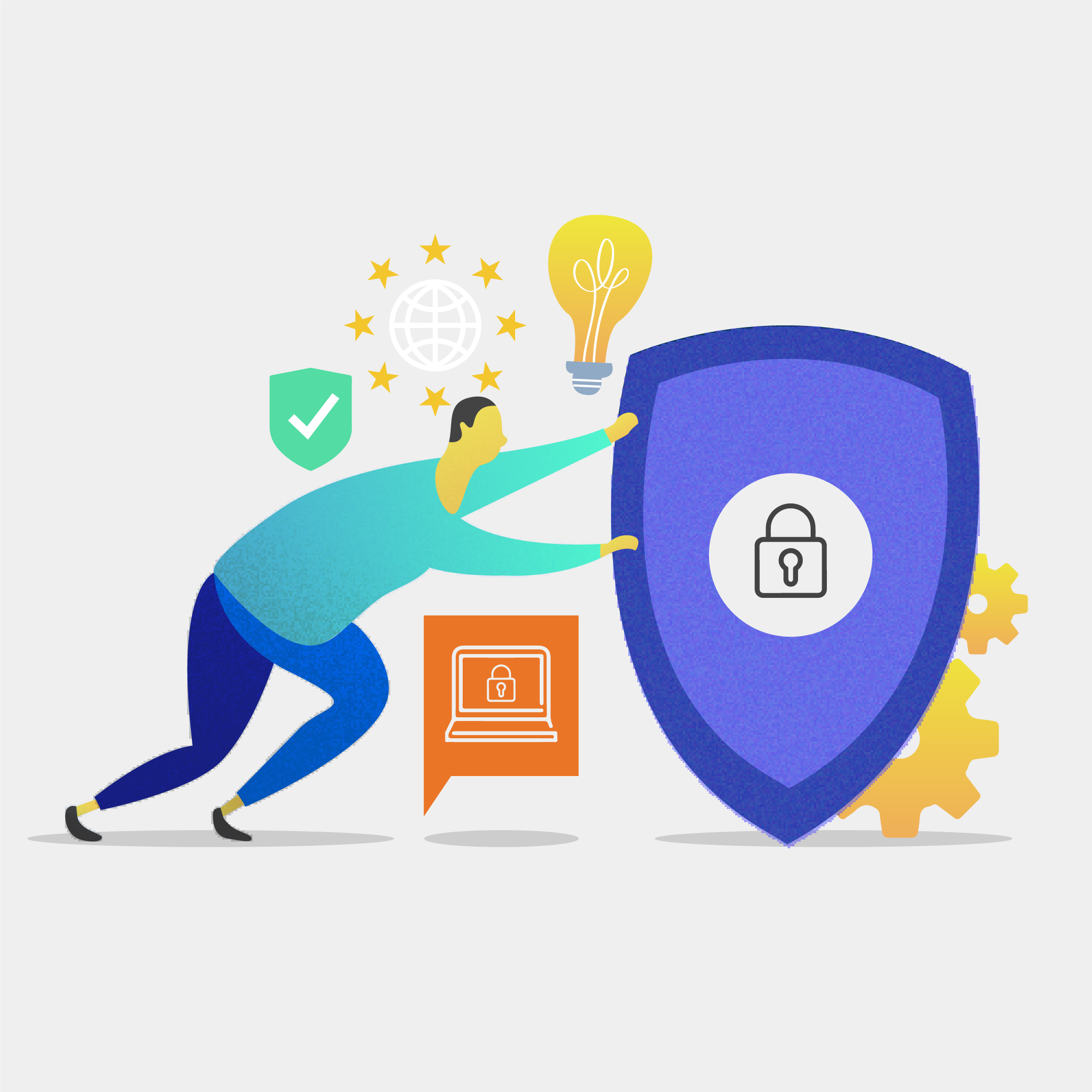
How To Ensure Hybrid Cloud Security with Secure Endpoints – Part 2
1. Keep software and operating systems up-to-date
Keeping software and operating systems (OS) up-to-date is crucial to securing your organizations assets, especially since a considerable amount of cyberattacks happen due to outdated systems. Take, for example, the Baltimore ransomware attack and the Equifax data breach, which were both connected to an issue of software not being properly updated and patched.
To save time and costs, incorporate automation so that distribution and updates can be done without any effort. Automating the patch management process also allows IT to focus on adding real value to the business, while providing continued high performance without disruption and downtime.
Make sure all endpoints are updated to support the latest OS and application version. Additionally, be sure to obtain accurate inventory of all the hardware and software installed across your network, including laptops, desktops, servers, storage devices, Chromebooks and connected non-computing devices, such as toner levels for your prints.
If left to device users, this may be put off or skipped altogether as users may not see these updates as critical or understand the importance from a security and performance perspective. As such, companies should require or simply roll out updates to all endpoints to ensure there’s no room for malware to get in or for compatibility issues.[/wt_section_headings]
2. Maintain software and data compliance
Are you aware of the fines your liable for if you’re found non-compliant with data regulations such as, the Personal Data Protection Act 2010 (PDPA)?
In short, they’re huge. It’s your responsibility to ensure you’re in compliance with regulations; if you’re not, you may suffer some serious consequences. It’s not only the fines you have to worry about, but also losing customer trust and brand reputation.
Be sure to conduct regular standards-based IT security audits to quickly discover vulnerabilities in your environment and identify systems that are not compliant with security and configuration policies. IT teams can manage common endpoint security configurations, including firewalls and anti-virus protection, and confirm organization compliance with easy to use automated Security Content Automation protocol (SCAP) scheduling and detailed reporting. This will ensure you maximize your software spend, keep track of software licenses, and ensure all meet emerging compliance requirements – further mitigating threat vectors while ensuring optimal performance.
Implementing endpoint security best practices must be a key element of managing a hybrid cloud environment. Most security attacks come in at the endpoint level, and this doesn’t change just because an organization has moved to cloud-based systems. Organizations must implement proper endpoint protection, using comprehensive solutions that offer features like patching, application whitelisting, in addition to offering user security education.
Following these four principles — knowing what’s connected to your network, incorporating automation, ensuring software and OSs are up-to-date, and maintaining compliance – will ensure your unified endpoint security strategy properly secures your hybrid cloud environment.
Sourced from here[/wt_section_headings][wt_spacer height=”25″ separator=””]
Sorry, the comment form is closed at this time.






